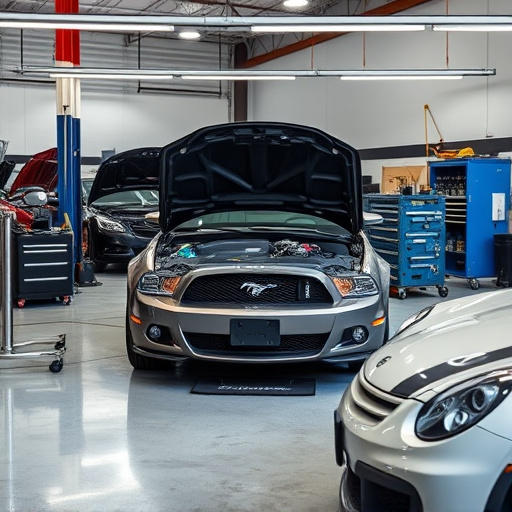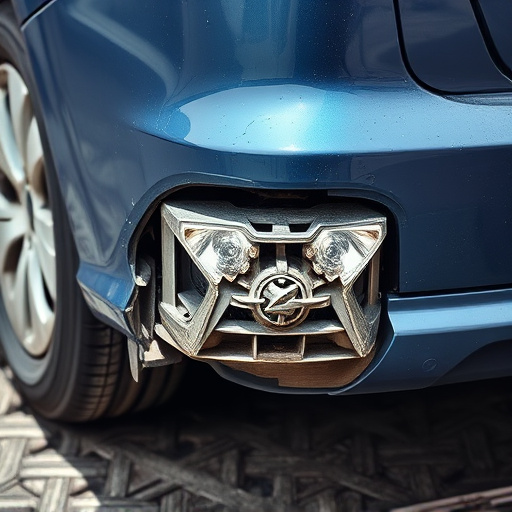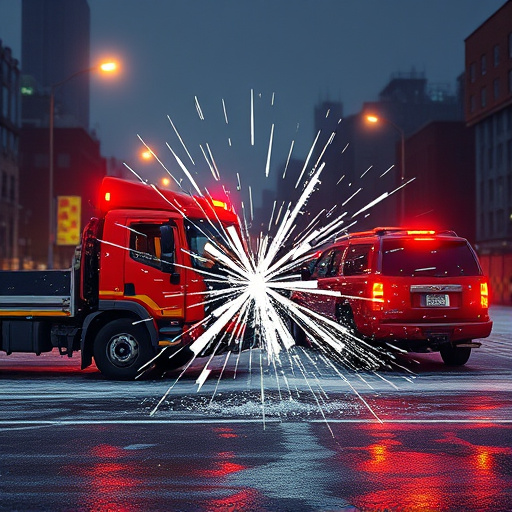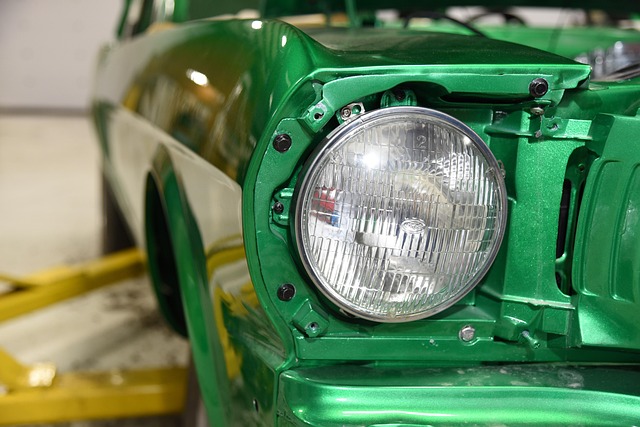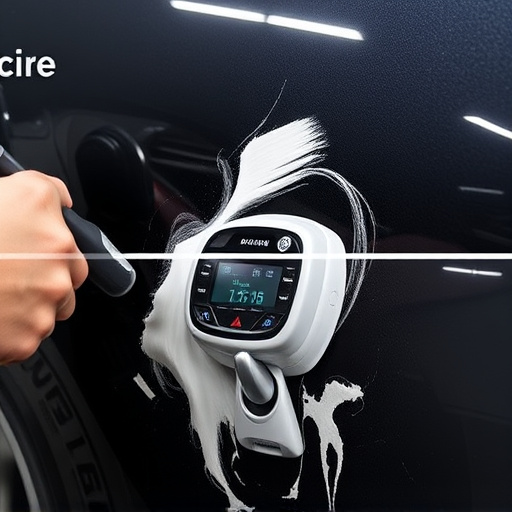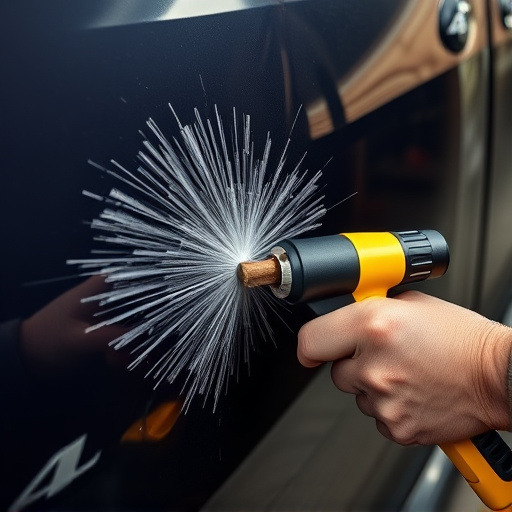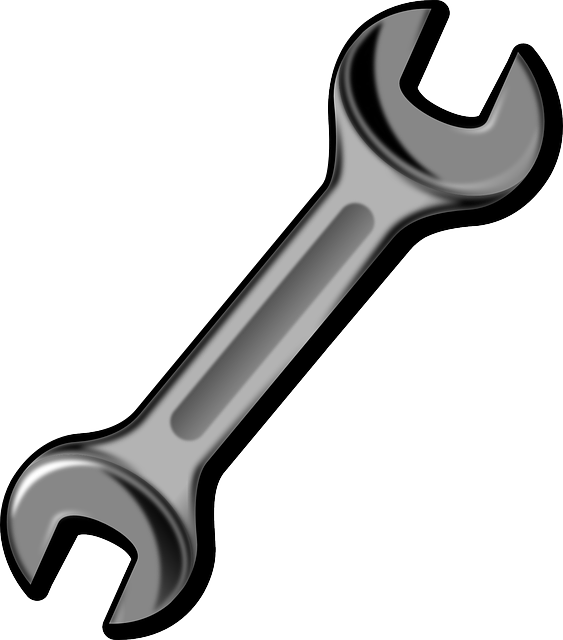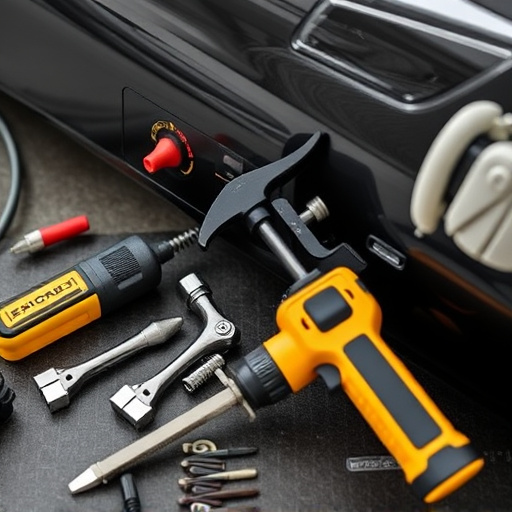The Tesla seatbelt pretensioner reset is a crucial safety step, ensuring optimal performance by synchronizing the control unit with all components. Issues require diagnostic scans and, if needed, a safe, standardized reset using Tesla's tools, akin to auto glass or body work repairs. Proper synchronization minimizes damage during collisions, securing occupants without excessive force, thus preventing secondary injuries.
In today’s digital era, ensuring optimal safety in vehicles is paramount. One critical component of this is the Tesla seatbelt pretensioner system, designed to restrain occupants in the event of a collision. This article delves into the intricacies of the Tesla seatbelt pretensioner reset and control unit synchronization. We’ll guide you through understanding the system, troubleshooting common issues, and performing a reset to maintain peak performance. By following these steps, folks can foster enhanced safety and peace of mind while driving their Teslas.
- Understanding Tesla Seatbelt Pretensioner System
- Troubleshooting and Resetting the Control Unit
- Synchronization Process for Optimal Safety
Understanding Tesla Seatbelt Pretensioner System
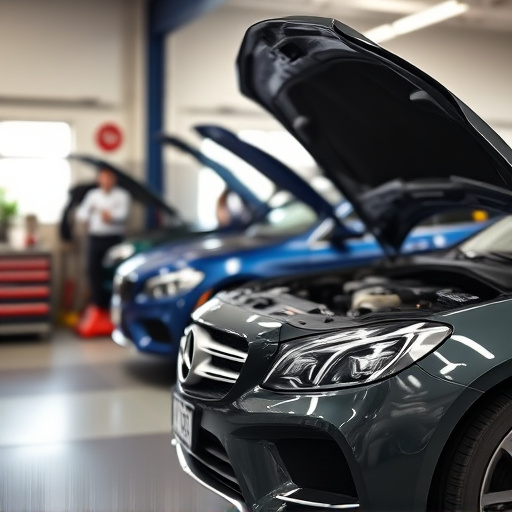
The Tesla seatbelt pretensioner system is a sophisticated safety mechanism designed to protect passengers in the event of a collision. It features pretensioners that quickly tighten the seatbelts, pulling occupants back into their seats and reducing the risk of severe injuries. This advanced system is integrated into Tesla’s airbag control unit, ensuring seamless operation during accidents.
Understanding how to perform a Tesla seatbelt pretensioner reset is crucial for vehicle owners. Regular synchronization of the control unit is essential to maintain optimal performance. Much like an auto glass replacement or automotive body work repair, keeping this system in check can significantly contribute to overall vehicle safety and ensure that every ride offers maximum protection.
Troubleshooting and Resetting the Control Unit
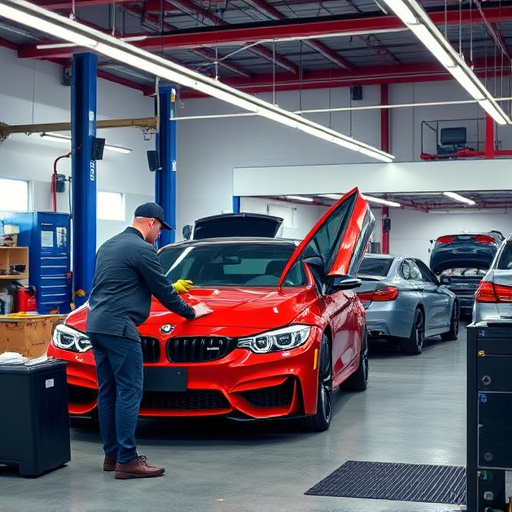
When troubleshooting a Tesla seatbelt pretensioner reset issue, the first step is to verify that the control unit is properly synchronized. This involves ensuring all connected components—from the sensors to the actuators—are functioning correctly and communicating effectively with the central unit. A simple diagnostic scan can often reveal any communication errors or code activations related to the pretensioner system.
If synchronization issues persist, a reset of the control unit may be necessary. Tesla vehicles are equipped with self-diagnostic tools that allow for safe and effective resets without compromising safety standards. Referring to the vehicle’s manual or consulting a certified technician ensures the process is executed accurately, akin to resetting other critical systems like auto glass replacement or car paint repair, ensuring the continued reliability of the seatbelt pretensioner feature.
Synchronization Process for Optimal Safety
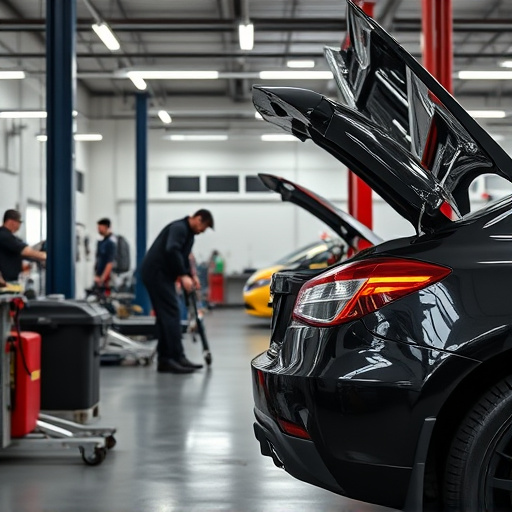
The synchronization process for Tesla’s seatbelt pretensioner reset and control unit is a critical step in ensuring optimal safety for passengers. It involves a meticulous calibration routine designed to enhance the effectiveness of the pretensioners during a collision, minimizing potential car damage repair needs by properly restraining occupants. This intricate procedure aligns the control unit with vehicle sensors, enabling precise activation of pretensioners across all seats, without unnecessary auto body repair concerns.
Proper synchronization ensures that each pretensioner reacts harmoniously to sensor inputs, tightly securing passengers in their seats while avoiding excessive force that could lead to discomfort or, worse, secondary injuries. By maintaining optimal synchrony, Tesla aims to safeguard its drivers and passengers, preventing minor inconveniences like seatbelt tangles from escalating into costly and time-consuming auto body repair or even more severe car damage repair scenarios.
Resetting and synchronizing Tesla’s seatbelt pretensioner control unit is a crucial step in maintaining optimal safety features. By understanding the system, troubleshooting issues, and following proper synchronization processes, Tesla owners can ensure their vehicle’s advanced safety mechanisms operate effectively. Regular attention to these maintenance tasks not only enhances passenger security but also contributes to overall vehicle performance. Remember, a well-maintained Tesla is a safer Tesla.
